Walking: a 360º perspective
Walking can be more than just a means of transportation. Beyond the pros and cons, let’s summarize the strengths/opportunities and weaknesses/threats of pedestrian mobility.
Step by step, we move daily. Walking, whether short or long distances, can be more than a mere physical movement. From the advantages to the disadvantages associated with walking, considering the opportunities it presents and the constraints, the Nacional Walking Strategy provides a strategic analysis and a global perspective on the topic.
Strenghts
Walking is universally accessible, and most people are physically capable of doing it. Pedestrian mobility generally incurs no cost for the individual.
For short distances or during peak hours, walking is a more competitive mode of mobility compared to public transport or individual motorized vehicles. Walking seamlessly connects all stages of a journey.
Walking does not generate pollution and requires no energy consumption, contributing to a cleaner environmental.
There growing awareness of walking’s importance for public health is evident. Regular physical exercise improves fitness and helps prevent sedentary-related diseases.
Walking often leads to meeting new people or encountering familiar faces. It fosters social interaction and strengthens connections with local commerce, services, and leisure activities. A short walk can turn into a shopping trip or a chance for a friendly chat. Enjoying public spaces and pleasant surroundings is an added benefit of walking.
Opportunities
From a social context perspective, citizens increased awareness of environmental issues and rising direct costs associated with car usage (taxes, fuel, insurance and general maintenance) create opportunities for walking to occupy a more favorable position people’s choices.
The critical mass for adopting active modes of transportation is also growing. Factors contributing to this include urban rehabilitation and regeneration, proximity-focussed urban planning (15-minute city), Sustainable Urban Mobility Plans, and educating children and young about pedestrian mobility and the reorganization of collective transport networks resulting from the Legal Framework for Public Passenger Transport Services is gaining traction.
European funds often serve as the «fuel» for major and costly changes, such as urban regeneration and sustainable mobility.
Weaknesses
Are there disadvantages to choosing pedestrian mobility? Yes, a few. First, it is still not possible to walk comfortably in all public spaces. Additionally, walking may be unsuitable for covering long distances or carrying heavy loads.
Unfavorable weather conditions can make walking less pleasant or practical. Lack of continuous green spaces may also reduce its appeal.
Physical fitness matters when walking. In areas with steep slopes, escalators and/or elevators are recommended to ensure accessibility for everyone.
Threats
Today, the growth of pedestrian mobility faces challenges primarily within the economic and social ecosystems. Factors such as increased car ownership and usage, longer distances between daily destinations (work, school, leisure spots), the progressive aging of the population, and the dispersion of housing due to real estate market dynamics remain highly relevant.
Inadequate urban design for pedestrian mobility, coupled with the disconnect between land-use policies and transport planning, as well as insufficient public investment in optimizing pedestrian networks, also contribute negatively.
Cultural and behavioral changes take time, and contexts like short cycles of pandemics and endemics situations reduce the demand and utilization of walking as a mode of transportation.
Analyzing the driving forces and constrains for pedestrian mobility clarifies the contribution that each individual can make, step by step, toward continuously improving conditions for pedestrian mobility.



